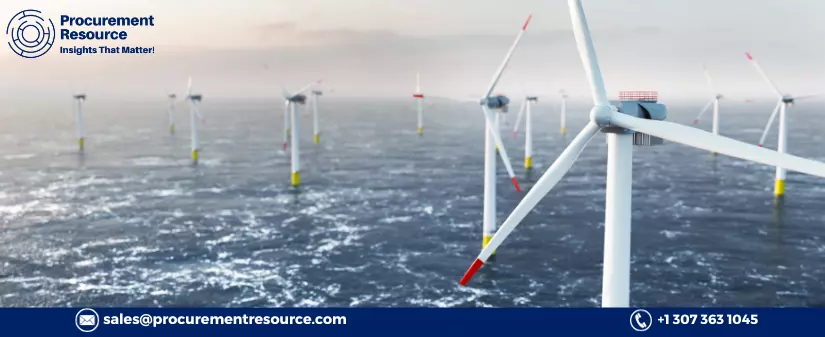India Paces Towards its Renewable Power Generation Target of 500GW by 2030

India is on track to surpass its renewable power generation capacity target of 500GW before the 2030 deadline, according to power minister RK Singh. Speaking at the India Energy Transition Summit, he mentioned that India had aimed for 65% of its power generation capacity to come from non-fossil fuels by 2030. However, the Covid-19 pandemic set back the country's progress by two years. Despite this, India was set to achieve 50% of this target even earlier.
The commitment to the 500GW goal was made at the Cop 26 summit in Glasgow, aligning with India's intention to attain net zero emissions by 2070. At present, India boasts 424GW of power generation capacity. This includes approximately 180GW derived from non-fossil fuels, with an additional 88GW currently under installation. Singh highlights India's progress in renewable energy capacity additions as unparalleled globally.
Request Access To The Latest Price Trends of Fuel Oil
Aiming to enhance energy storage, the Indian government has started awarding tenders for creating 1GWh battery storage and pumped hydropower projects. Despite these advancements, Singh pointed out the substantial cost challenges associated with storage, which is significantly higher than renewable energy.
The government is introducing measures to promote renewable energy. One such initiative is the provision of free transmissions for renewable energy capacity establishments. Additionally, industries are being encouraged to transition to green energy for their independent power generation.
For the fiscal years 2023-24 and 2024-25, the renewable energy targets stand at 25GW and 40GW, respectively. To ensure these targets are met, the government will roll out an annual bidding trajectory and has already called for bids for 50 GW/yr of renewable energy projects from this fiscal year through 2027-28.
Addressing the global push to reduce coal usage, Singh asserted India's stance on not compromising its energy security. He emphasized India's need for significant quantities of steel and cement to support its growth. While efforts will be made to "green" these industries, fossil fuel reliance will persist if adequate storage is not feasible.
Currently, coal remains the primary energy source for India, contributing to over 70% of its power generation. Renewables constitute about 10%. In a move to further its green initiatives, the government plans to launch a mechanism linking carbon credits to green hydrogen production. This system will reward producers of green hydrogen with carbon credits, which can also be transferred to hydrogen buyers. Several nations are now keen on collaborating with India for a joint credit mechanism, looking to procure carbon credits associated with India's green hydrogen ventures. India's draft green credit programme, introduced earlier this year, aims to encourage voluntary action and nurture a domestic voluntary carbon market.
According to the article by Procurement Resource, India is poised to exceed its 500GW renewable power generation target before 2030, as stated by power minister RK Singh. Despite Covid-19 delays, India is ahead in its ambition for 65% non-fossil fuel power by 2030, with 50% likely even earlier. Currently, India has a 424GW capacity, including 180GW from non-fossil sources. Singh emphasized India's unmatched progress in renewable energy. While promoting energy storage, costs remain a concern. Government initiatives support renewables, like free transmissions for capacity setup.
Read More About Hydrogen Production Cost Reports - Get a Free Sample Copy in PDF
The 2023-24 and 2024-25 renewable targets are 25GW and 40GW. Although there's a global shift from coal, Singh stressed India's energy security. Coal dominates India's energy mix at 70%. To boost green efforts, a carbon credit system linked to green hydrogen production is underway. This encourages international collaboration and supports a domestic voluntary carbon market.

.webp)

